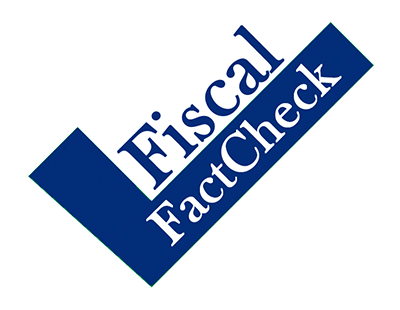Is Trump Proposing One of the Largest Defense Increases in History?
In his joint address to Congress, President Trump said, "I am sending the Congress a budget that rebuilds the military, eliminates the defense sequester and calls for one of the largest increases in national defense spending in American history."
At $54 billion (press reports suggest), his defense increase certainly would be large. But whether it is "one of the largest" depends on how you look at it.
Assuming President Trump is referring to the increase in defense budget from one year to the next, his increase would result in a $56 billion of nominal spending growth in the base defense budget. In nominal dollars, that would be quite large. Indeed, there have only been four years in history where a nominal growth has been larger – in 2003, 2006, 2007, and 2008.
Yet a nominal increase probably isn't the right way to measure defense spending growth. After all, $54 billion today is worth far less than $54 billion was worth a century ago. Alternative measures could look at growth in "real" inflation-adjusted dollars or as a percent of GDP. We'll delve into these measures in a future analysis.
Another way of looking at a defense increase is by the nominal percentage increase from the previous year. All else equal, Trump's proposal would increase defense spending by about 9%. That defense increase is not even close to the largest. There have been 23 years since 1940 with a greater percent increase in defense spending, including a number of years in the early 1940s, 1950s, and 1980s.
Even this presents an incomplete picture in some ways. Press reports also suggest that Trump will propose a $30 billion defense supplemental for overseas contingency operations (OCO) for this year (FY 2017) in addition to the $54 billion for FY 2018. If that $30 billion were enacted for this year, and no similar supplemental were enacted next year, next year's defense spending increase would total only about a 5 percent increase from this year.
The increase could be even less if next year's OCO spending is lower than the current $65 billion. As the Bipartisan Policy Center noted today, if the $54 billion increase represents the entire Trump budget request and there will be no war spending request for next year, Trump's budget could end up being a slight decrease.
Ultimately, whether Trump's defense increase ends up being one of the largest depends both on how you measure it and on what else happens with the budget in the coming months.


